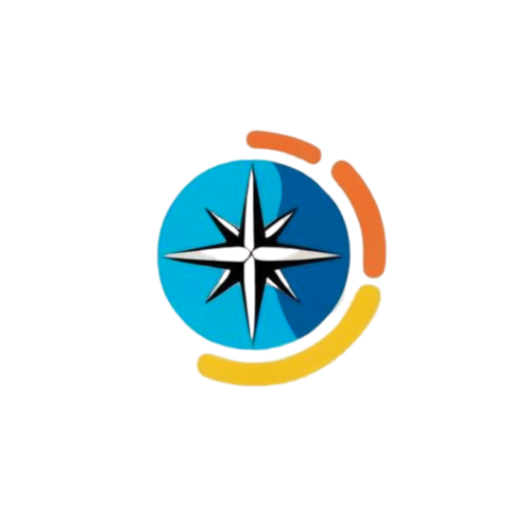Historical Timeline
1498 (July 31, Tuesday): Christopher Columbus arrives on Trinidad
1797 (February 18, Sunday): Trinidad becomes a British colony
1834 (August 1, Thursday): Abolition of slavery in Trinidad and Tobago
1889 (June 4, Tuesday): Construction of the Caroni Dam to support irrigation
1956 (January 1, Sunday): First elections held in Trinidad and Tobago with full suffrage
1962 (August 31, Friday): Trinidad and Tobago gains independence from the United Kingdom
1976 (August 31, Tuesday): The country becomes a republic
1990 (July 27, Friday): Attempted coup by the Jamaat al Muslimeen, led by Imam Yasin Abu Bakr
2004 (July 24, Saturday): Tropical Storm “Cesar” causes significant flooding and damage
2007 (October 29, Monday): Tropical Storm “Noel” causes flooding and landslides in the country
2013 (August 29, Thursday): Trinidad experiences major flooding after heavy rainfall
2017 (October 25, Wednesday): Tropical Storm “Ophelia” affects Trinidad with flooding and strong winds
2020 (November 9, Monday): Earthquake of magnitude 6.9 strikes the region, causing minor damage to the islands
General Information
Continent: North America (Caribbean)
Location: Southern Caribbean Sea, off the coast of Venezuela
Capital: Port of Spain (Trinidad), Scarborough (Tobago)
Language: English (official), Trinidadian Creole, Tobagonian Creole
Currency: Trinidad and Tobago Dollar (TTD)
Population: ~1.4 million (last updated: April 2025)
Time Zone: Atlantic Standard Time (AST)
Topography
Borders: None (Island nation)
Landscape: Two main islands (Trinidad and Tobago) with diverse geography including mountains, plains, and beaches
Major Rivers: Caroni, Ortoire, and Guayamare rivers
Major Mountains: Northern Range (Trinidad), Main Ridge (Tobago)
Deserts: None
Lakes: Caroni Lagoon, Nylon Pool (Tobago)
Volcanoes: None, but has volcanic soil
Highest Point: El Cerro del Aripo (940 m / 3,084 ft)
Lowest Point: Caribbean Sea (0 m / 0 ft)
Climate: Tropical, with a wet season (June to December) and dry season (January to May)
Geological Features: Volcanic origins, coastal plains, and tropical rainforest
Demography
Ethnic Groups: Predominantly of African, East Indian, and mixed descent
Religion: Christian (mostly Roman Catholic and Protestant), Hinduism, Islam, and other religions
Urban Population: ~50% (last updated: 2023)
Aging Population: ~7% aged 65+ (last updated: 2024)
Culture
Famous For: Carnival, calypso and soca music, steelpan music, vibrant festivals
Cuisine: Doubles, roti, pelau, callaloo, pholourie, bake and shark
Arts: Calypso, soca, chutney music, steel drum art
Sports: Cricket, football (soccer), athletics, basketball
Economy
Economy Type: High-income, mixed economy
GDP: Approx. $25 billion USD (last updated: 2024)
Major Industries: Petroleum, petrochemicals, natural gas, tourism, manufacturing
Key Exports: Oil, natural gas, petrochemicals, chemicals, manufactured goods
Unemployment Rate: ~4.6% (last updated: 2024)
Economic Regions: Focus on oil and gas production on Trinidad, with tourism and agriculture on Tobago
Government
Government Type: Parliamentary republic
Head of State: President Paula-Mae Weekes (as of April 2025)
Head of Government: Prime Minister Pañchayatan Maharaj (as of April 2025)
Legislature: Bicameral Parliament (House of Representatives and Senate)
Constitution: In effect since 1976
Travel Attractions
Port of Spain: Capital city, known for the annual Carnival, Queen’s Park Savannah, and nearby beaches
Tobago: Nylon Pool, Pigeon Point, Buccoo Reef, and tropical rainforests
Trinidad: Pitch Lake (largest natural asphalt deposit), Maracas Bay, Caroni Bird Sanctuary
Scarborough: The capital of Tobago, with historical sites and beaches
Waterloo and Debe: Known for beautiful coastal landscapes and local culture
